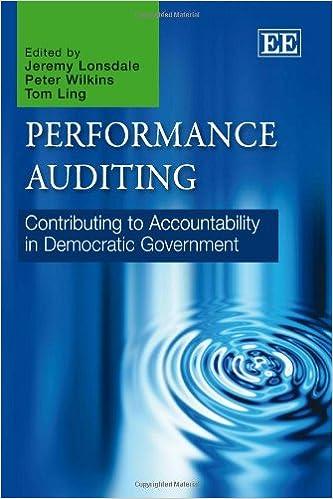Question
15-1 Distinguish between horizontal and vertical analysis of financial statement data. 15-2 What is the basic purpose for examining trends in a company's financial ratios
15-1 Distinguish between horizontal and vertical analysis of financial statement data.
15-2 What is the basic purpose for examining trends in a company's financial ratios and other data? What other kinds of comparisons might an analyst make?
15-3 Assume that two companies in the same industry have equal earnings. Why might these companies have different price-earnings ratios? If a company has a price-earnings ratio of 20 and reports earnings per share for the current year of $4, at what price would you expect to find the stock selling on the market?
15-4 Would you expect a company in a rapidly growing technological industry to have a high or low dividend payout ratio?
15-5 What is meant by the dividend yield on a common stock investment?
15-6 What is meant by the term financial leverage?
15-7 The president of a plastics company was quoted in a business journal as stating, We haven't had a dollar of interest-paying debt in over 10 years. Not many companies can say that. As a stockholder in this company, how would you feel about its policy of not taking on debt?
15-8 If a stock's market value exceeds its book value, then the stock is overpriced. Do you agree? Explain.
15-9 A company seeking a line of credit at a bank was turned down. Among other things, the bank stated that the company's 2 to 1 current ratio was not adequate. Give reasons why a 2 to 1 current ratio might not be adequate.
Step by Step Solution
There are 3 Steps involved in it
Step: 1

Get Instant Access to Expert-Tailored Solutions
See step-by-step solutions with expert insights and AI powered tools for academic success
Step: 2

Step: 3

Ace Your Homework with AI
Get the answers you need in no time with our AI-driven, step-by-step assistance
Get Started


